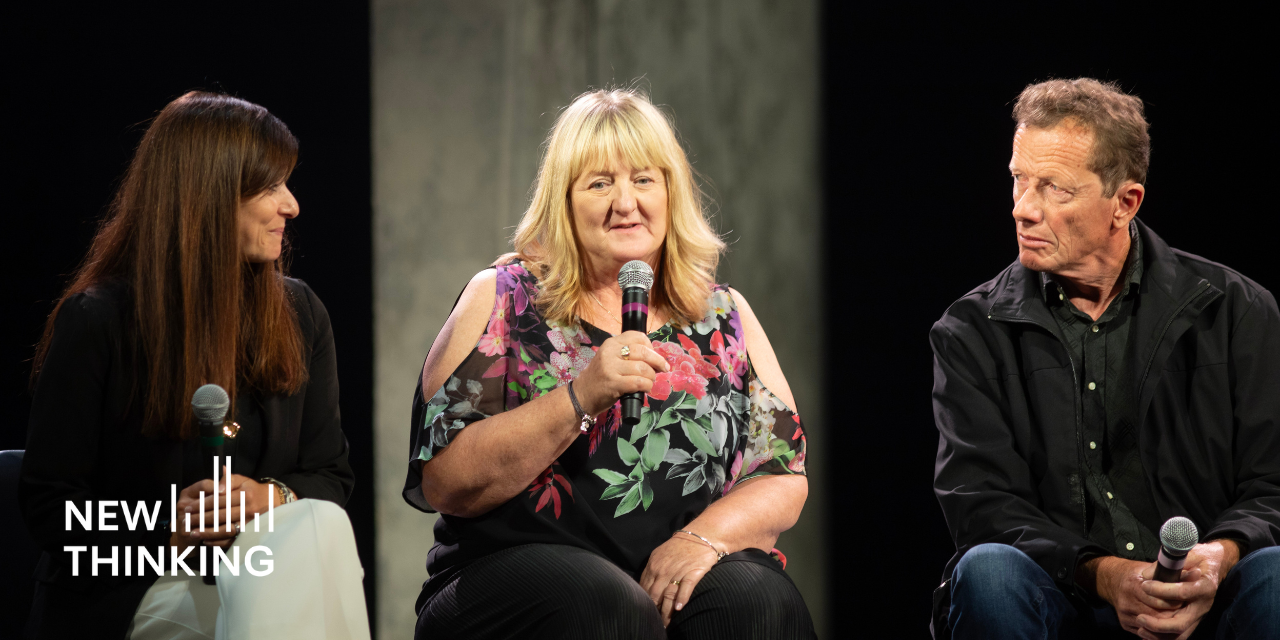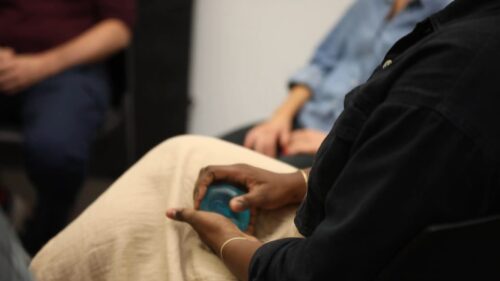Portland’s first community court opened in March 1998 in the North/Northeast section of the city. It was followed, two years later, in February 2000, by the opening of the Southeast Community Court. With the opening of the Westside Community Court in April 2001, all of Portland’s half million citizens had access to a community court. That same year Sarah Archer-Beck of the Community Justice Exchange talked with Robyn Gregory, the Portland Community Court project coordinator, about the city’s Community Court program.
With two courts already up and running, you were in a unique position to learn from past mistakes. What lessons did you learn from the first two community courts and how were they incorporated into the new Westside Community Court?
Building the community court has been an exceptional learning experience for everyone involved. We had the two previous courts as models to guide us with the framework, but because the project is so intensely community-oriented and people-powered, we’ve had to make up a lot as we went along. Creativity, agility and patience have been of the utmost importance. No matter how committed and passionate you might be about something, you can’t just drop something in people’s laps and expect them to buy into it, especially when it promises such a direct effect on their neighborhood or the work they do. With the planning of the Westside Court, we had enthusiastic citizens but some were from the business community and some represented residential neighborhoods so their interests were not always the same. Then add the different government agencies and big private non-profits to the mix and there’s a lot of listening, re-figuring and problem-solving that has to go on.
Also, one prominent lesson that came out of the eastside courts was the need to have a social services coordinator in the courtroom and on staff full time. Giving defendants a direct link to needed services is one of the key attributes of the community court model, and we did not have a full-time social services coordinator until recently. Given my experience on the eastside and the harm I saw in not having a consistent social services component, I resolved not to open the Westside court until we had a coordinator on board.
How do the three courts differ?
While the essential model is the same for all three courts, they do differ significantly in a number of ways. First of all, the two eastside courts are in community centers where the atmosphere is a lot less formal than in a traditional courtroom like the one we use for the Westside Court. The community centers are light and pleasant, and residents feel comfortable coming by to have a look. The Justice Center is a bit dark—but we have a nice Westside Community Court sign to give it a friendlier feel. Also, unlike the eastside courts, which are each open one afternoon a week, Westside is open every day from 8:30 to noon.
The courts differ significantly in the kind of caseloads they handle. The courts reflect the particular sorts of problems that the communities face. For example, in Northeast we handle a lot of cases involving trespass in a drug-free zone because a number of drug-free zones are located there. Southeast has established prostitution-free zones, so we see a number of prostitution cases. I expect that we will see a lot of public drinking and urination cases on the Westside, because those are crimes that trouble the downtown area.
Our greatest challenge on the Westside right now is just getting people to show up. The failure-to-appear rate there is dramatically higher than at the eastside courts. I don’t remember this ever being a problem at the eastside courts once the police altered their citation procedure and people learned where the courts were. This is a troublesome issue, and reflects the character of offenders we see on the Westside. We are studying this issue and working on ways to get more of these offenders through the door and before the judge.
We have the good fortune of having attracted the interest and enthusiasm of two exceptional judges to sit on the Community Court bench. Judge Clifford Freeman has been with the project from the beginning, and is the judge for the two eastside courts. He is stern, but very compassionate. He has substantial and meaningful interactions with each defendant before him. He gets to know defendants and manages to chastise and encourage them at the same time. Judge Roosevelt Robinson is the Westside court judge. He is a bit more lighthearted in his approach, at least for the crimes we deal with. His attitude seems to be “Well, here you are. Let’s get you through the program successfully, and with a smile on your face, so you can get on with your life.”
What is the role of the citizen-based advisory committees in the Community Courts?
Citizens have a major advisory presence in the Community Court project. During the planning period, we get together and go through the key attributes of the court, systematically answering questions such as: What should the courtroom look like? What cases should the court hear? Should we dismiss charges or not? What social services should be available in the courtroom?
What are the problems you want to deal with in your neighborhood? What ideas do you have for community service projects?
Once court is up and running, we meet once a month to talk about how things are going, progress with service projects, observations about courtroom incidents, proposed changes in procedure, and things like that. Admittedly, the citizens who come to advisory board meetings are those that are most committed to their neighborhoods and to the program and represent a small cross-section of the community, but we take all the input we can get. The citizens on the advisory boards realize that the people who make the difference in this world are the ones who show up.
How do the community courts work with the neighborhood prosecutors and the police?
We have police on all of our advisory committees, so we are definitely involved with them. When we have warrants for people who have failed to appear or not completed their community service, we send those names to community police officers so that they can either pick up those people or ask them, “Why haven’t you done your community service? You need to take care of that.”
The neighborhood district attorneys are the Community Courtroom deputies. The neighborhood D.A.s, as a group, have done a lot of the planning for the Community Courts. They’re the ones who sat down and figured out the sentencing grid, the negotiation policies and the eligibility requirements. So they have worked on this project a lot.
How has the public received these courts?
I’d say, overall, the response has been positive. You get the same response from some citizens as I just mentioned with the police, which is, “Sixteen hours of community service? That’s all?” Usually, as we explain the program and the philosophy and what we’re trying to accomplish, most citizens see the wisdom in it and change their viewpoint.
We’ve had really good press on the courts, so that’s some gauge of public opinion. Our challenge is to let the public know more about what we’re doing. I go to meetings all the time where people think that the community court is a youth court or a mediation program.
The Portland Community Court Program sponsors Legal Services Day, a unique legal service that offers assistance for people who have outstanding warrants. What were the origins of this project?
The idea came from two pastors on our Northeast Advisory Board who had people in their congregations who were trying to get back into mainstream life but could not even get a job due to outstanding warrants. They knew that they had warrants, but they didn’t know how to deal with them. They were intimidated by the idea of going downtown and so they just weren’t dealing with them. The pastors came up with the idea of placing a public defender in the community court, a much less threatening environment.
Essentially, all we do is have the public defender talk to the person about their warrant. We schedule them for an appearance downtown and then we tell them all of the things that could happen to them when they show up. We have about a 90 percent follow-through rate of people who schedule for warrants. My theory is that taking the mystery out of it is what gives people the courage to deal with their warrants.
Do you have any tips or advice for jurisdictions wishing to set up a community court?
Start talking to community members. Walk around the community to see first-hand what some of the issues are. Get a sense of how community can be strengthened. Take a really long hard look at the community you want to work with. Ask community members whether they’d like a Community Court and find out what they’d like to see in it. Then, talk to the system players and ask them the same questions. Pretty soon you see there are some overlapping interests and areas where working together makes sense. At that point, you start selling your idea, getting buy-in and, before you know it, the ball is rolling.
2001

